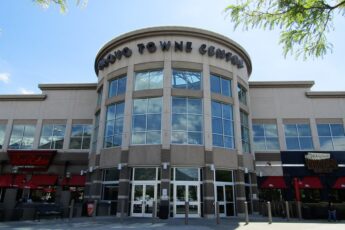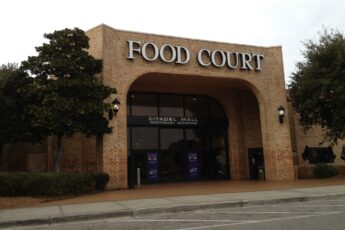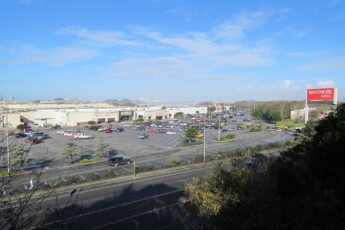The Early Days of Swansea Mall: A Journey from Blueprint to Reality
The Birth of a Shopping Haven in Swansea
In the early 1970s, the commercial landscape of Swansea, Massachusetts, was about to be transformed.
Having tasted success with the North Dartmouth Mall, Arlen Realty and Development Corporation turned its sights to Swansea.
In March 1974, the groundwork for a new shopping destination was laid near the junction of Massachusetts Route 118 and Route 6.
This was a strategic move aimed at tapping into the unexplored market potential of the South Coast of Massachusetts.
[wbcr_snippet]: PHP snippets error (not passed the snippet ID)Construction Challenges and Community Response
The construction of Swansea Mall was anything but smooth. In September 1974, significant tension erupted between local unions and non-union workers.
Accusations flew as local unions claimed the general contractor hired non-union labor from out of state to cut costs.
The situation escalated to a boiling point on September 2, 1974, when over two thousand unionized workers stormed the construction site. The clash resulted in injuries and highlighted the deep divides within the labor community.
Swansea Mall Opens its Doors
1975 marked a milestone year with the grand opening of Swansea Mall. Its initial anchors, Sears and Edgar Department Stores, promised a diverse shopping experience.
The mall also boasted a 4-screen movie theater, offering entertainment options to the local community.
This mix of shopping and entertainment was a significant development for the South Coast, positioning Swansea as a key player in the region’s retail sector.
The Swansea Mall was more than a shopping center; it became a symbol of modern commerce and a hub for things to do in Swansea, Massachusetts.
Swansea Mall’s Evolution: Expansions and Renovations
Expanding Horizons in the 1980s
During the early 1980s, Swansea Mall entered a phase of expansion, significantly enhancing its retail offerings.
New anchors Caldor, a national discount department store, and Apex, a Rhode Island-based department store, were added, broadening the shopping choices for visitors.
The mall’s landscape further evolved with the addition of two out-parcels: Toys “R” Us and Service Merchandise.
These additions enlarged the mall’s footprint and diversified the shopping experience, making Swansea Mall a go-to destination in the region.
A Major Makeover in 1989
1989 was pivotal for Swansea Mall as it underwent a substantial interior renovation. This makeover included the closure of its movie theater, a popular entertainment spot since the mall’s inception.
The transformation continued, replacing the original anchor, Edgar’s, then out-of-business, by Jordan Marsh.
Alongside these changes, the mall’s ambiance was refreshed by removing water fountains, installing new lighting, new floor tiling, and an updated logo.
These enhancements reflected the evolving trends in retail spaces and consumer preferences.
Late 1990s and Early 2000s: A Period of Change
Significant transitions marked the late 1990s and early 2000s for Swansea Mall. Jordan Marsh, which had replaced Edgar’s, was sold to Macy’s in 1996.
In 1997, Caldor suffered damage from a fire and underwent a year-long renovation, only to close permanently in 1999 when the company ceased operations.
In the late ’90s, several restaurants, including Roman Delight and Newport Creamery, left the mall.
However, 1995 was a year of positive change, marked by the opening a food court, further diversifying the dining options available to shoppers.
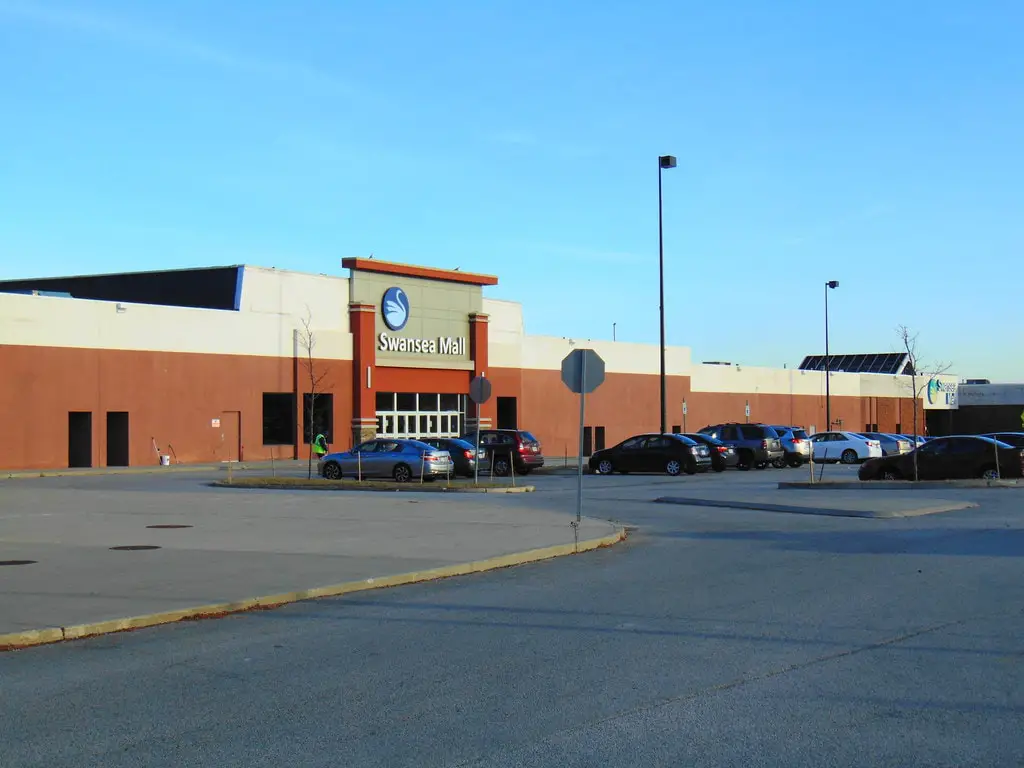
The Decline and Closure of Swansea Mall: An End of an Era
The Departure of Anchor Stores
The 2010s marked a challenging period for Swansea Mall, with significant implications for its future.
In September 2013, Walmart relocated from Swansea Mall to a standalone building, demolishing the former Walmart wing. This space was then repurposed into additional parking and a new entrance for the mall.
A few months later, in December 2013, Carlyle Development, the owner of Swansea Mall, sold two southern out-parcel buildings, housing Toys R Us and a joint Dollar Tree/Price Rite store, to Gator Investments. Concurrently, Carlyle Development announced its intention to sell Swansea Mall.
In December 2016, Sears, one of the mall’s original anchors, announced it would close as part of a national strategy to shutter 150 stores.
The closure materialized in March 2017, leaving a considerable void in the mall’s retail landscape.
This event signaled a turning point for Swansea Mall, as the loss of Sears drastically reduced the variety of shopping options, impacting foot traffic and the mall’s overall appeal.
Final Years and Loss of Tenants
Following the closure of Sears, Swansea Mall grappled with further tenant departures. The out-parcel Toys “R” Us, a long-standing mall fixture, shut its doors in June 2018 after the company filed for bankruptcy.
This closure further diminished the mall’s attraction as a family shopping destination. The final blow came in early 2019, with Macy’s, the last remaining anchor, announcing its closure by the end of March.
These successive closures reflected broader retail trends, as traditional malls faced increasing competition from online shopping and changing consumer habits.
Swansea Mall Closes Its Doors
In January 2019, amidst a backdrop of diminishing tenant presence and declining patronage, the Swansea Board of Selectmen discussed redeveloping the mall property.
Subsequently, Carlyle Partners, the mall’s owner, made the difficult decision to announce the mall’s closure.
By March 31, 2019, Swansea Mall ceased operations, ending an era that spanned nearly 45 years.
The closure marked a significant moment in the history of Swansea, Massachusetts, as the mall had been a central hub for shopping and community gatherings since its opening.
The Aftermath of Swansea Mall: Legal Disputes and Stalled Redevelopment
New Ownership and Redevelopment Plans
Following its closure, Swansea Mall’s future remained uncertain until May 2019, when Anagnost Companies, a real estate developer, purchased the property at an auction for $6.65 million.
They envisioned a multifaceted facility, transforming the former mall into a vibrant mixed-use space.
This plan aimed to breathe new life into the area, potentially reshaping the commercial and social landscape.
The idea was to move away from the traditional mall model and adapt to the evolving needs of the community and the market.
Walmart’s Legal Opposition
However, the path to redevelopment was not smooth. Having established a presence on the property, Walmart objected to Anagnost’s plans.
They cited violations of easements, covenants, and restrictions (ECRs) agreed upon in 2013 with the former landowners.
Walmart’s stance was firm; they were prepared to take legal action to prevent the redevelopment.
This legal tussle represented a significant hurdle, as it questioned the feasibility and future of the redevelopment project.
Roadblocks in Redevelopment Efforts
As a result of the ongoing legal disputes, the redevelopment process faced significant delays. By late 2020, the work on the property had stalled, with no clear resolution in sight.
These challenges underscored the complexities of repurposing large commercial properties like Swansea Mall.
The legal impasse highlighted the often intricate web of agreements and restrictions impacting real estate development, especially when multiple stakeholders are involved.
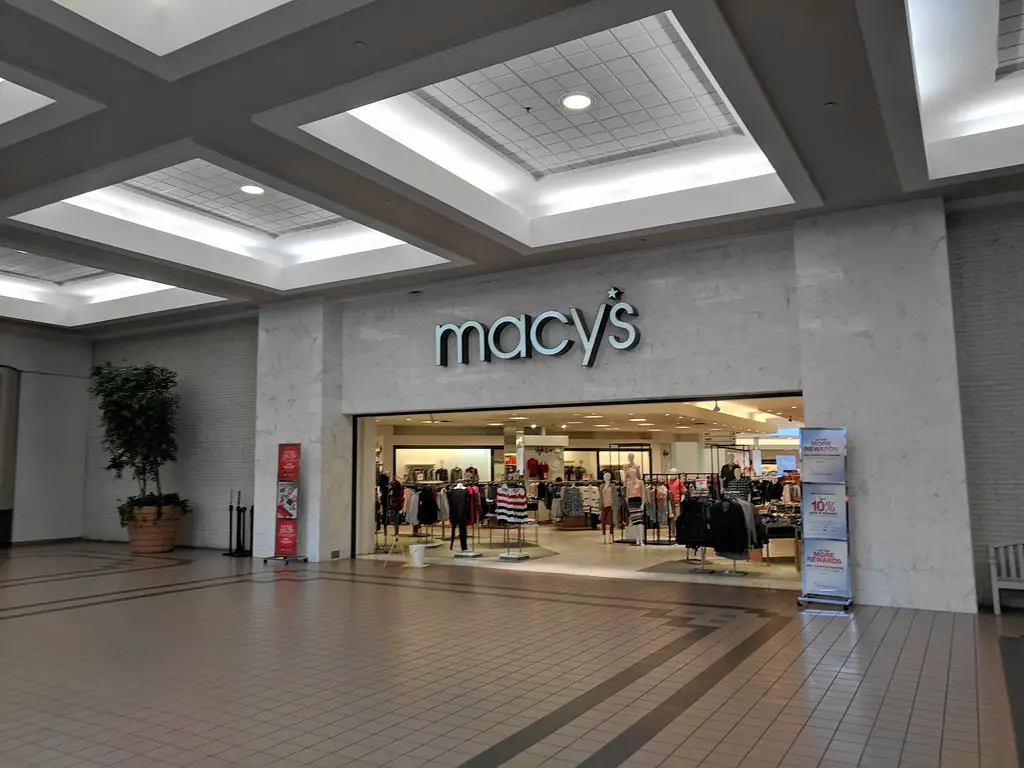
The Rebirth of Swansea Mall: A New Direction for the Property
Introduction to “Shoppes at Swansea”
In a significant development for the property, the former Swansea Mall transformed into “The Shoppes at Swansea.”
This marked a pivotal shift in the site’s identity, transitioning from a traditional enclosed mall to a mixed-use development.
The new vision for the site included commercial, retail, and residential spaces, aiming to create a diverse and vibrant community hub.
This initiative reflected a growing trend in redeveloping mall properties, focusing on versatility and meeting the varied needs of modern consumers and residents.
Current Tenants and Structural Overhaul
As the transformation progressed, the property welcomed new tenants and underwent substantial structural changes.
Among the new occupants were a self-storage facility and a Pentecostal Church congregation utilizing parts of the former mall space.
Additionally, significant renovations were undertaken, particularly in the northern section of the property, which was extensively remodeled.
These changes symbolized the adaptive reuse of large commercial spaces, repurposing them for current market demands and community needs.
Progress and Recent Developments in 2023
By 2023, the property had evolved considerably from its mall origins. The development plans had shifted from a lifestyle center concept to a more traditional outward-facing shopping plaza design with expanded parking facilities.
This change was in line with the practical needs of the area and consumer preferences. The property, now known as “Swansea Center,” still attracted new tenants and revitalized most of its space.
The ongoing development of Swansea Center represented a hopeful future for the property, promising to restore its status as a key commercial and social destination in Swansea.
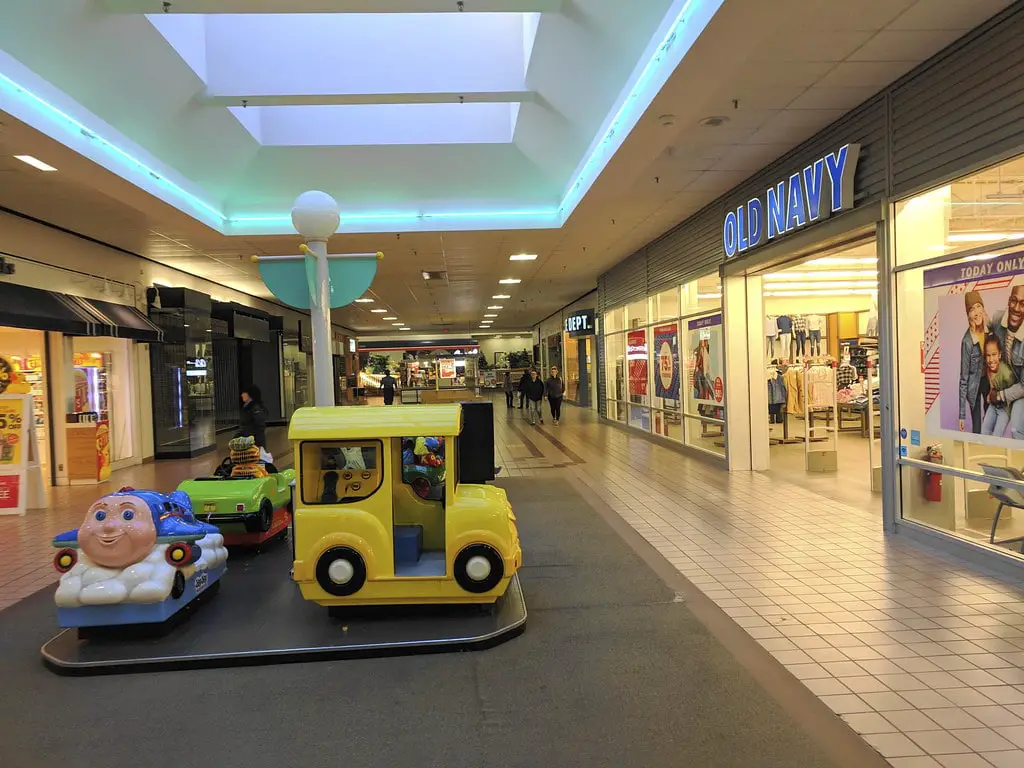
The Community’s Reaction and Expectations
The transformation of the Swansea Mall into Swansea Center sparked various reactions from the Swansea community.
For many, it was a welcome change, seen as a necessary evolution in the face of changing retail trends. Others viewed it with nostalgia, reminiscing about the mall’s heyday.
Despite the mixed emotions, there was a common thread of optimism about the potential benefits of the redevelopment.
The community was particularly interested in how the new space would cater to local needs, offering a modern shopping experience and serving as a venue for social and cultural activities.
Reflecting on Swansea Mall’s Journey: From Retail Giant to Community Cornerstone
As the story of Swansea Mall unfolds into its latest chapter with the development of Swansea Center, it is essential to reflect on the mall’s journey.
From its inception in 1975 to its closure in 2019 and the ongoing transformation, Swansea Mall has been more than just a shopping center; it has been a significant part of the community’s fabric in Swansea, Massachusetts.
The mall’s history is a microcosm of the broader retail landscape, illustrating the rise and fall of traditional shopping malls and the shift towards mixed-use developments.
Swansea Mall’s evolution from a bustling retail hub to a mixed-use facility mirrors the changing shopping habits, economic challenges, and evolving community needs.
The closure of Swansea Mall marked the end of an era but paved the way for new beginnings.
The transformation into Swansea Center signifies a shift in focus from purely commercial to a blend of retail, residential, and community spaces.
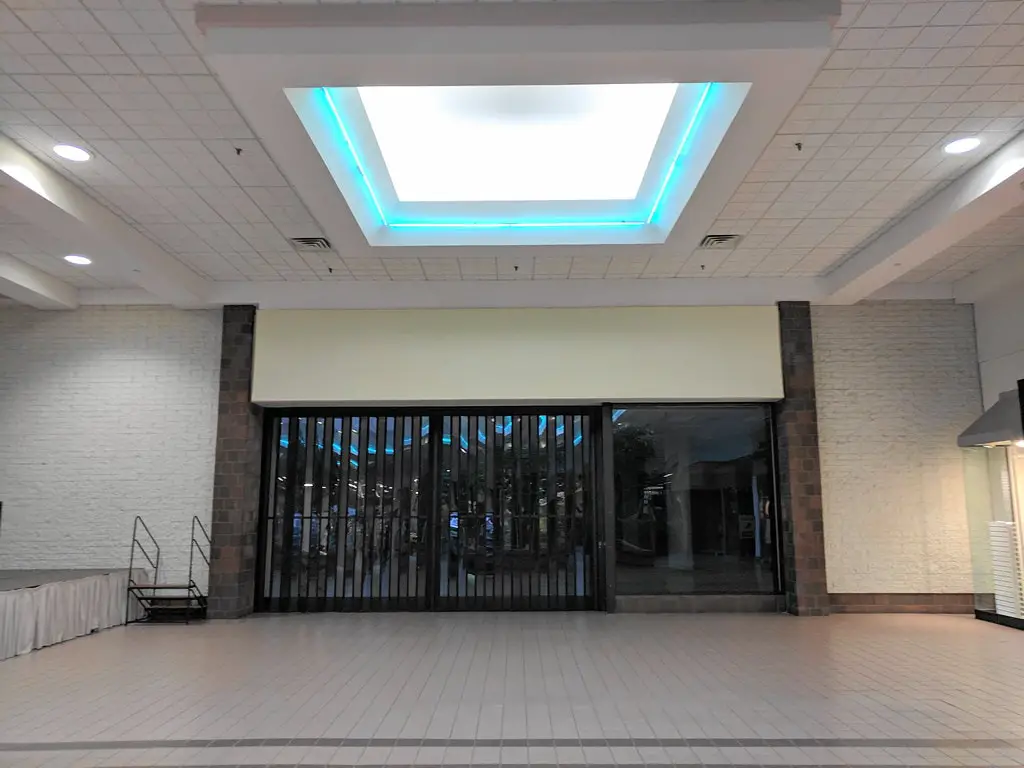
This redevelopment offers hope and excitement for the future, promising to revitalize the area and create a new community hub.
Swansea Mall’s legacy is a reminder of the importance of adaptability and resilience in the face of change.
It exemplifies how spaces can evolve to meet new challenges and continue to serve the community in different yet meaningful ways.


